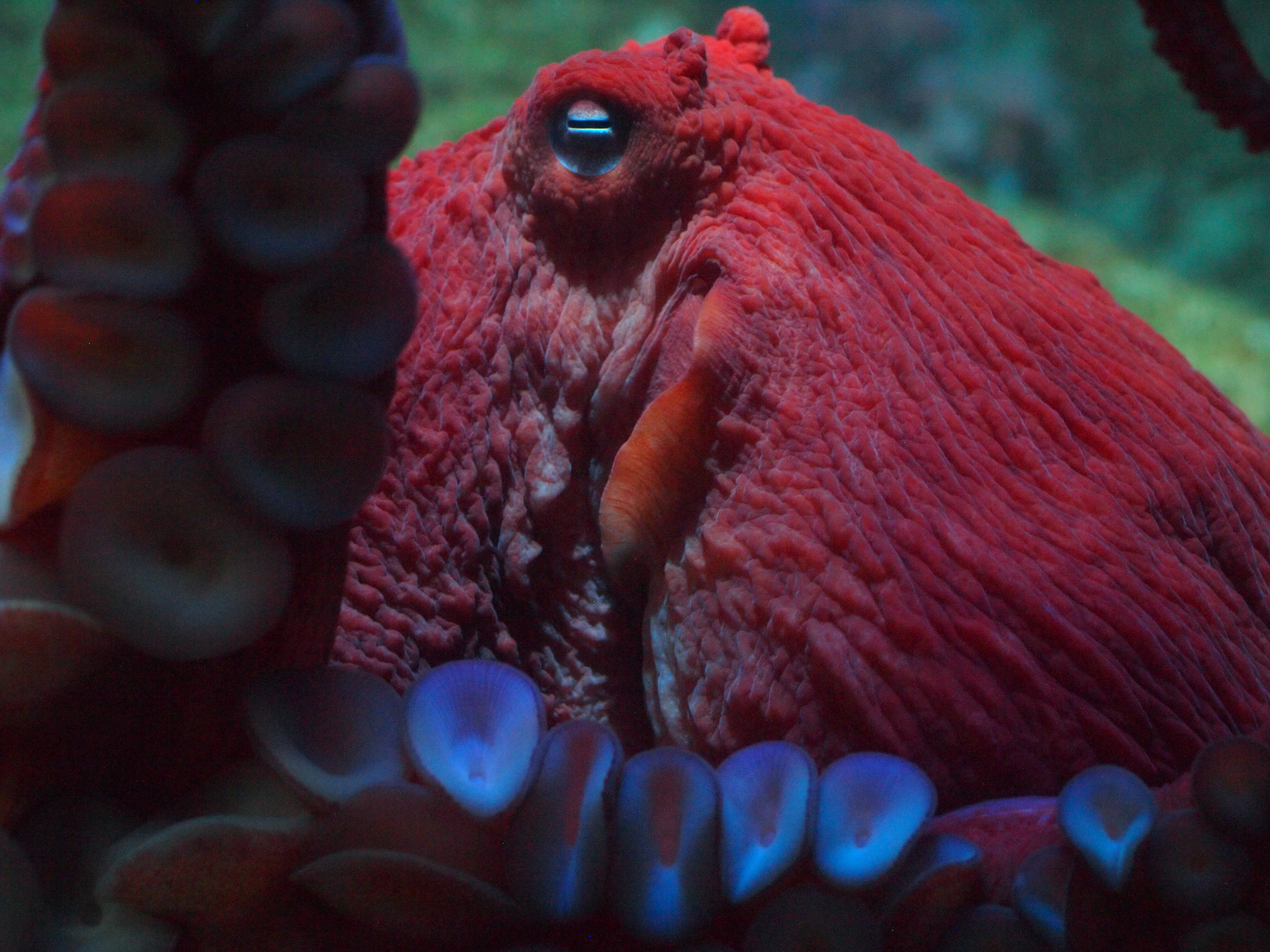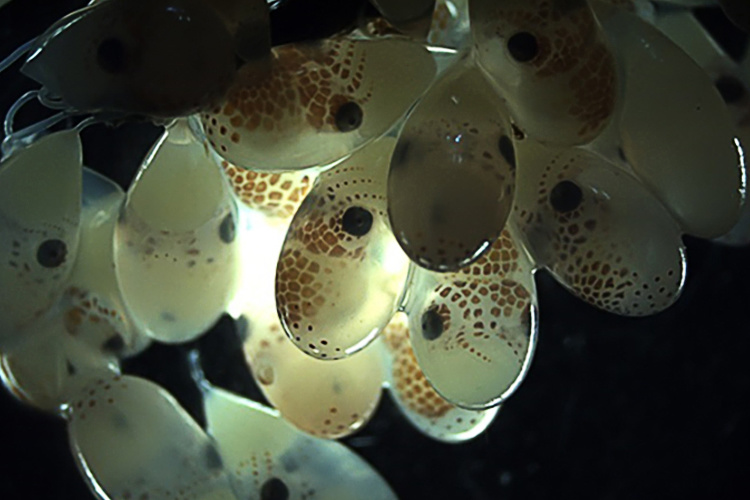
Creature Feature: Giant Pacific Octopus
The Giant Pacific Octopus is one of the most elusive of all marine animals, reaching lengths of up to 16 feet and weighing in excess of 100 pounds. They are the largest known species of octopus, and they play an important part in the world’s ecosystem. For generations, tall tales have been passed down about these massive beasts, but they are generally reticent and hide away from humans. You can find the Giant Pacific Octopus in several different marine sanctuaries, including Cordell Bank and Greater Farallones national marine sanctuaries as well as Monterey Bay Sanctuary.
Physical Description
Giant Pacific Octopuses can be found in a range of colorations, but their ability to quickly camouflage their looks may have you overlooking them at a glance. If you’re not familiar with these marine animals, you might be surprised to learn that they have three hearts and nine brains. All of this gray matter serves to make the octopus extremely intelligent, able to learn simple tasks such as opening jars, solving mazes in lab tests and even mimicking another octopus. Their large bulbous heads do not get in the way of these creatures being able to slither and compress their bodies into the smallest of spaces.
While the average size is around 16 feet long, there are documented animals that were as long as 30 feet — weighing upwards of 600 pounds. It is unknown whether there are even larger Giant Pacific Octopuses living in the wild. NOAA scientists often study these impressive animals to learn more about their incredible dexterity, memory, size and reproductive rituals.
Foraging and Reproductive Habits
The Giant Pacific Octopus can be found across the Pacific, with their habitat ranging from northern Alaska to California and as far west as Japan and the Aleutian Islands. While they do grow to a large size, these gentle giants only live 3-5 years, with the females often dying after nurturing her 90,000 eggs over the brooding period of several months. Female do not eat the entire time that they are watching over their new eggs, which are hung in strings from the roof of her den for safekeeping. Males die soon after breeding.
Octopuses primary hunt at night, looking for a variety of options such as fish, clams, and lobsters, but can also capture birds and sharks in their sharp beaks.
Conservation and Management
The current biggest threat to the Giant Pacific Octopus is a byproduct of overfishing. This particular species has a tendency to be caught in commercial fishing pots as they will try to take advantage of the already-caught fish. Previous thought was that even though these captured octopuses were immediately released into the wild, there was a high tendency towards mortality.

